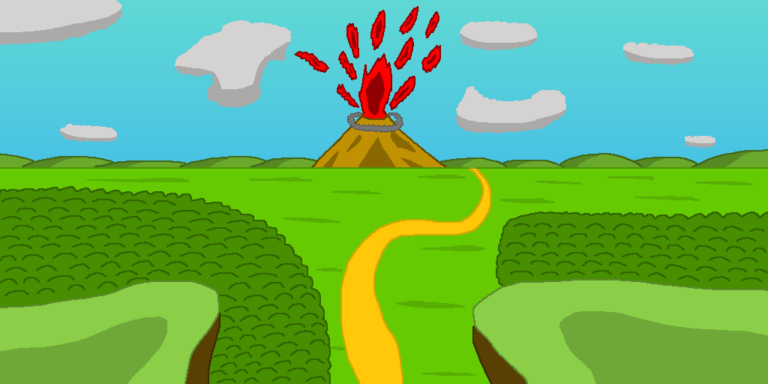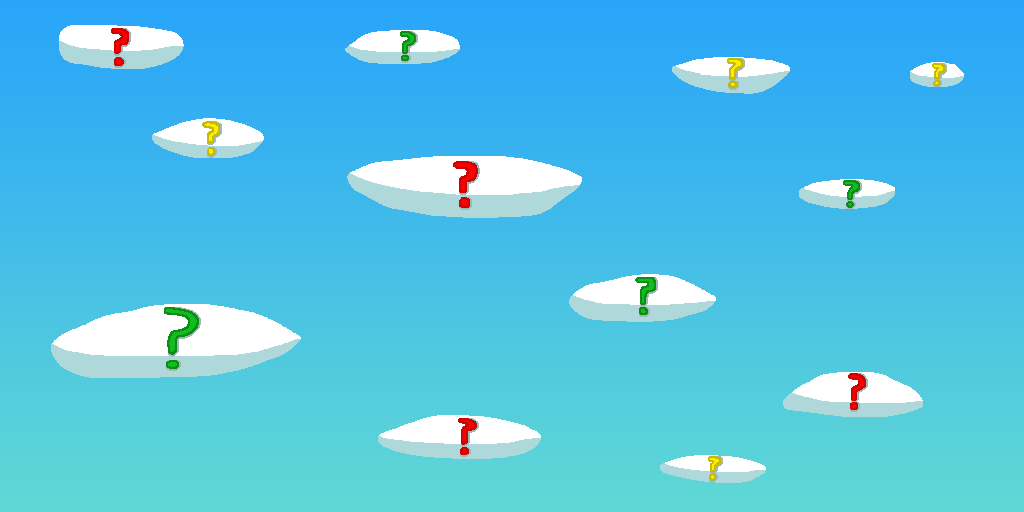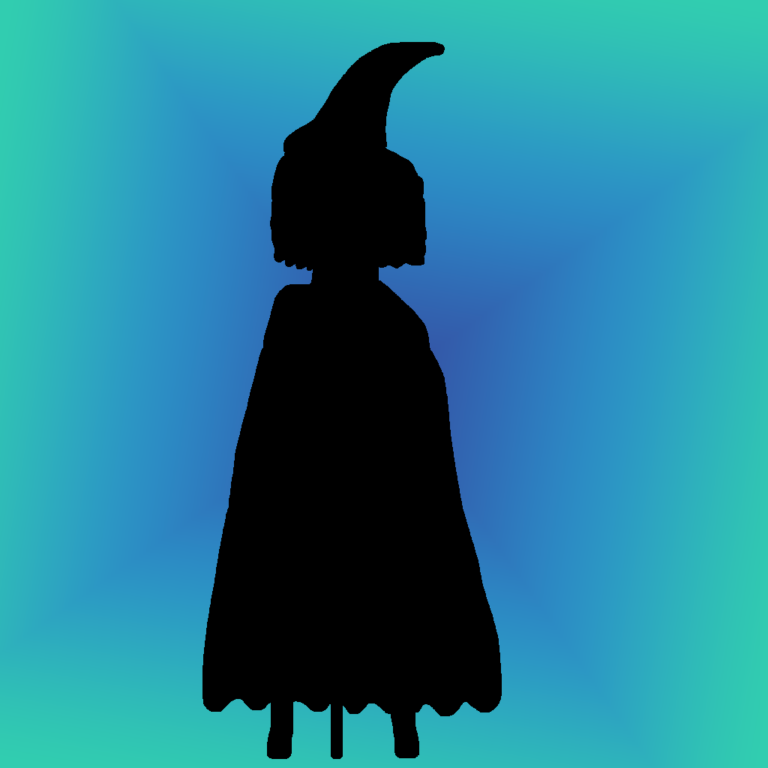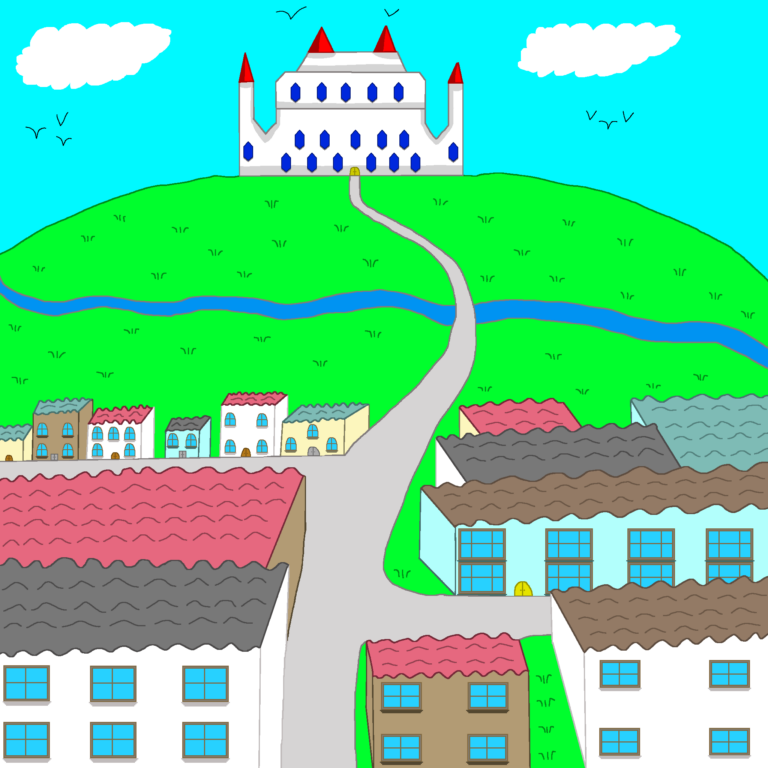Join US
Do you want to build the fantasy world you’ve always dreamed of?
Subscribe to receive notifications when a new post is out and for our monthly newsletter!
You can always unsubscribe anytime.


Sometimes you get so absorbed in a story that you simply can’t stop reading until you get to the end. When you finally get there, you’re disappointed that it’s already over and though you may be looking forward to the sequel, you can’t help but be curious at how it got started in the first place. That’s where the magic of writing a prequel comes in.
Sequels get more love than prequels but the latter is equally salient to the plot. It offers something the former doesn’t, a glimpse into the world of the past. Readers get to experience a different tale in a different era of the world where they run into both familiar and new faces.
The prequel is a story that’s set up in the past, to a time before the events of the main plot occur. Sometimes it can be years or decades, other times hundreds or thousands of years beforehand. Regardless of when the prequel takes place, its core function is to lay the foundation for the main story which can be an exciting prospect!
The magic of writing a prequel is that your audience gets to see younger versions of the characters they grew to love in your book, depending on how much time it is between then and now. If the prequel is set in an era long before any of your major characters existed, it’s a prime opportunity to introduce their ancestors. If it’s not too long beforehand, the past offers you a chance to show the characters from your novel in a wholly different light that gives your audience insight into how they became who they saw later on.
Another fantastic reason for writing a prequel is to show the world of the past. This gives you ample chances to link the world from then to the one your main tale is set in. Indeed, many secrets that your readers come across can be traced to the past which gives them insight into how it changed from then to now, in both good and bad ways.
This is number forty-three in the series taking a look at writing a fantasy book. If you wind up enjoying this one and want to see what else we offer, you can conveniently find them on our blog page.
Ah, there’s nothing more alluring than the past. There’s a mystical aura associated with the past that just makes you want to dive into it in order to understand how things came to be. Writing a prequel is the perfect vehicle to accomplish just that.
Where then do you start? First, you look at the main plot in your book and then begin to work backwards from there. The goal of the prequel in terms of the story is to simply establish the foundation for what later happens.
‘Star Wars’ is the perfect example of this. The Original Trilogy showed the Rebel Alliance clashing with the Galactic Empire to restore freedom to the galaxy. But how did the Empire rise to power? The Prequel Trilogy showed the Galactic Republic in power and how it gave rise to the Empire and also gave further context in why the Rebel Alliance fought to bring back liberty.

When writing a prequel, don’t just simply lay the foundation and call it a day. Your readers know it’s about setting up the main events. They want to understand how it began. The best stories have twists and turns that upend it. Incorporating some plot twists is a superb way to keep them on their toes as they’re not sure how they’ll link up to what comes later.
A prequel can be a number of things. It can show the origins of the villain and whether he was good once or it can be a major historical event like a war that brought nothing but calamity to the world with its effects still reverberating long after it ended. It can also explore the downfall of a dynasty that long ruled a kingdom.
But perhaps the best use of the prequel is to sow the seeds of trouble that plague the world in the main plot. One popular use is to show how the villain of the present is gathering his power to strike. Another way is to introduce tensions between two countries or people that later escalates into full-blown warfare.
There’s no shortage of great stories you can come up with in the prequel as long as it connects to the one in the present.
Depending on how long in the past you set the prequel in, some of your characters in the present will be around then. When mulling about when to place it, think about what characters, if any, you’d like to include. Should you elicit to bring some in, that narrows down the timeframe quite a bit — unless they’re long-lived, which gives you more flexibility in regard to placement.
With your returning characters, take some time to think about what they were like in the past. How different were they then compared to now? Like in the sequel, this gives you an opportunity to explore different parts of their personalities only this time, you’re showing those that may no longer exist or impact them in the present.
One thing to keep in mind as you go about writing a prequel is that it sets the beginning of the journeys your characters are on in the main story. You want to use the prequel to show how they got started on the path they’re on as well as the reasons why. The latter is more important since it gives added context to why they make the decisions they do later on though your readers didn’t know about at that time.

Not every character in the prequel will be someone your audience’s already met. It wouldn’t be an interesting story if there weren’t any new people. They could be wholly new characters who have no connections whatsoever to the ones in the present. In that case, you would do the same thing as you would when creating new ones such as fleshing out their backstories and so on.
But what if these new folks do wind up being linked to the ones who appear in your story? They’ll be considered their ancestors and that gives you a chance to craft a compelling story that spans multiple generations as well as shining some light on the motives of their descendants in the main plot.
The tricky part about featuring ancestors is that your readers will expect them to act similar to their descendants even though they’re considered their own characters. As such you want to find a balance between the two sides that enables you to tell their tale in a masterful way. They have their own journey that will end in an unexpected way and it’s up to you to do that ending justice.
The best part of writing a prequel is you get to delve into a different era of your world. You have a broad canvas on which to show how things were then before the main events of your story. You can either reveal a world better or worse in the past than the ones your readers came to know in the present.
Depending on how your story is structured, you can showcase what life was like in that period with different rulers as well as what the people of that time were most concerned about. Were they suffering economic hardships or were they worried about being at war? Were they living in excess plenty, not caring one whit about the looming storms that would eventually bring ruin to them?
A popular use of prequels is to revisit places your audience’s been to. They get to see what they looked like in a different era and compare the changes from then to now. Better yet, you can explore an area that they didn’t get to see which will be like a whole new experience in a familiar place they know.

Perhaps the most important reason for diving into the past is to show how the world changed since then. Doing so provides context for your readers as they learn more about how it wound up in the state it’s in in the book. Much like the story, this is where you lay the foundation for why the world is the way it is.
Don’t forget that even though you may be writing a prequel, it’s still essential that your characters, both new and returning, continue to interact with the world. It’s a living, breathing entity full of diverse creatures and biomes and the people living then still had to interact with it in order to survive. Showing your characters living in the world helps enrich it and by extension, the story.
Another advantage of writing a prequel is that you can really go deep into worldbuilding and lore. You can give information that enhances already-existing lore or those that adds a clever twist to it. You can even do the same with your characters and show how much of an impact, if any, they had on the world.
A prequel enriches the story you already wrote. You get a glimpse in the world of the past, to an bygone era whose effects that your characters in the present are dealing with. You also see the seeds of trouble that would later plague the world being planted.
Writing a prequel enables you to begin setting up the main plot of your book. The prequel is where you trace the troubles that occur during the course of your novel to which means you need to present it in a way that keeps your readers engaged. Including plot twists and unexpected turns is a great way to keep things interesting while laying the foundation for the main events.
Many prequels feature the younger versions of characters while introducing new ones who have their own unique role to play in the plot. Then and now is a fantastic way to show how your returning characters changed between the past and the present. It also offers insight into why and how they act the way they do which adds a dynamic that your readers didn’t know about.
The best aspect of writing a prequel is you’re stepping back into the past, to a different period of your world. Your audience will discover things about the world that they didn’t know beforehand as well as learn how and why it’s in the state it’s in. And going back to familiar places always brings a spark of excitement since they get to see how they looked in a different era.
Will you create a prequel that takes your story to a greater height?
Let me know what you think in the comments below. (Note: this is an account-exclusive feature).
If you don’t have one, you can register here. It only takes a few moments of your time!
Liked this article and want to subscribe? All you have to do is fill out the form below and that’s it!
Thanks for reading this and until the next time,
Sunfire
Subscribing means you receive:
You can always unsubscribe anytime.
Do you want to build the fantasy world you’ve always dreamed of?
Subscribe to receive notifications when a new post is out and for our monthly newsletter!
You can always unsubscribe anytime.